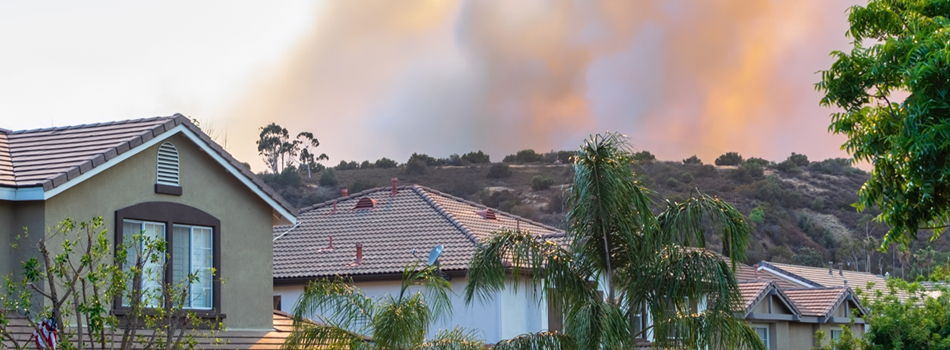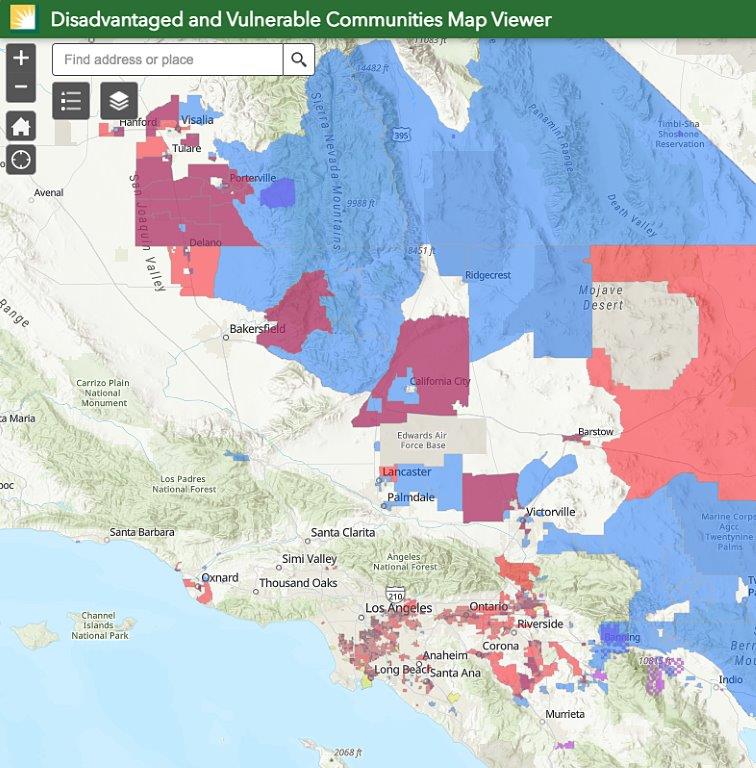
Climate Adaptation
Changing climate conditions have increased the threat of wildfires, heat waves, drought and sea level rise to our communities. SCE is committed to safely providing affordable, reliable and clean energy to our communities during a time of changing climate.
We are assessing climate change risks to make our electrical infrastructure, operations and services more resilient. We are also identifying communities that may be most vulnerable when climate-related hazards affect our ability to provide reliable electric service. With SCE customers living in communities vulnerable to climate change risks, we’re focused on partnering with environmental, community and faith-based groups to find the right solutions.
An integral part of expanding our local outreach efforts to communities most vulnerable to climate-related hazards is the development of our Climate Adaptation Community Engagement Plan. This plan includes approaches for engaging and sharing information with our communities based on their unique needs.
SCE’s Climate Adaptation Vulnerability Assessment, or CAVA, provides a comprehensive assessment of its infrastructure, operations and services and potential impacts in the face of forecasted climate change hazards over time. In addition to understanding the experiences and collecting the perspectives of our customers regarding climate change risks, the CAVA shares SCE’s climate adaptation strategies for addressing these risks and keeping our communities safe.

Vulnerable Communities
The Disadvantaged Vulnerable Communities* map identifies the communities and areas most vulnerable to changing climate conditions. The map uses different colors to show the most vulnerable communities, due to economic burdens and adverse climate impacts.
*The California Public Utilities Commission designated disadvantaged vulnerable communities are those communities most vulnerable to climate change.
Data sources for the Disadvantaged Vulnerable Communities map include: U.S. Census Bureau 2018 demographic and median household income data maps, California’s CalEnviroScreen data maps, U.S. Department of Interior Indian Affairs data maps and Bureau of Indian Affairs regional data.
In addition, our parent company, Edison International, published a white paper Adapting for Tomorrow: Powering a Resilient Future that shares key findings from the CAVA and calls for increased collaboration among industry, governments and communities to successfully adapt while transitioning to a clean energy future.
